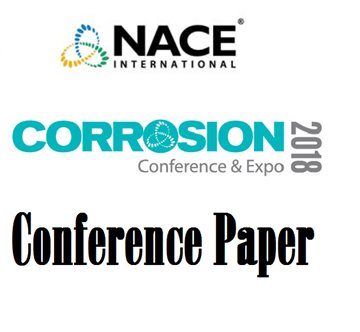Search
01172 THE ROLE OF ALLOYING ELEMENTS ON THE CORROSION IN OXIDIZING AND CHLORIDIZING GASES
Also Purchased
51312-01552-Effect of Micro Alloying Elements on Sour Service Grades with Higher Strength
Product Number:
51312-01552-SG
ISBN:
01552 2012 CP
Publication Date:
2012
$20.00
51318-10997-Effect of Alloying Elements on the Corrosion Behavior of Carbon Steel in CO2 Environments
Product Number:
51318-10997-SG
Publication Date:
2018
$20.00
51312-01277-The effect of alloying elements on environmental cracking resistance of stainless steels in CO2 envi
Product Number:
51312-01277-SG
ISBN:
01277 2012 CP
Publication Date:
2012
$20.00




